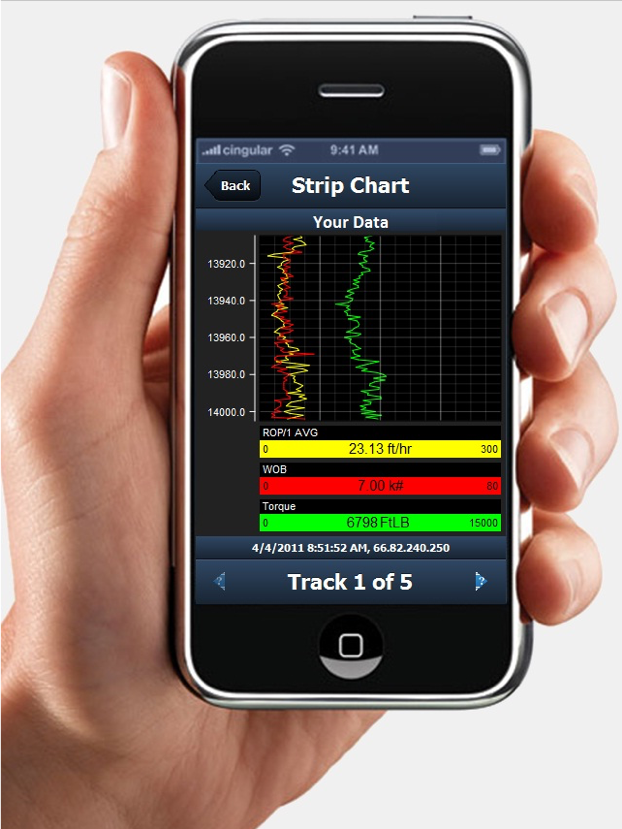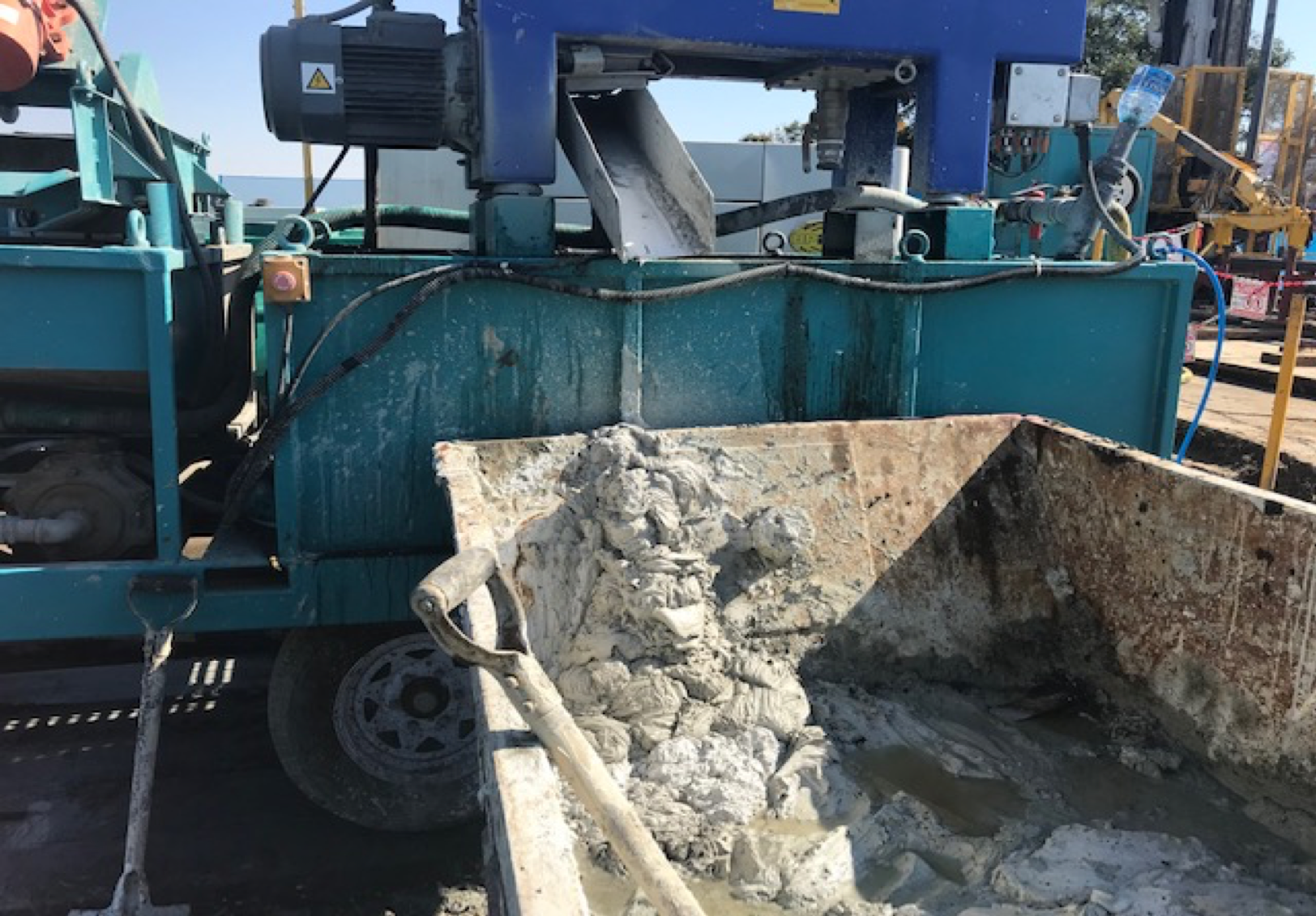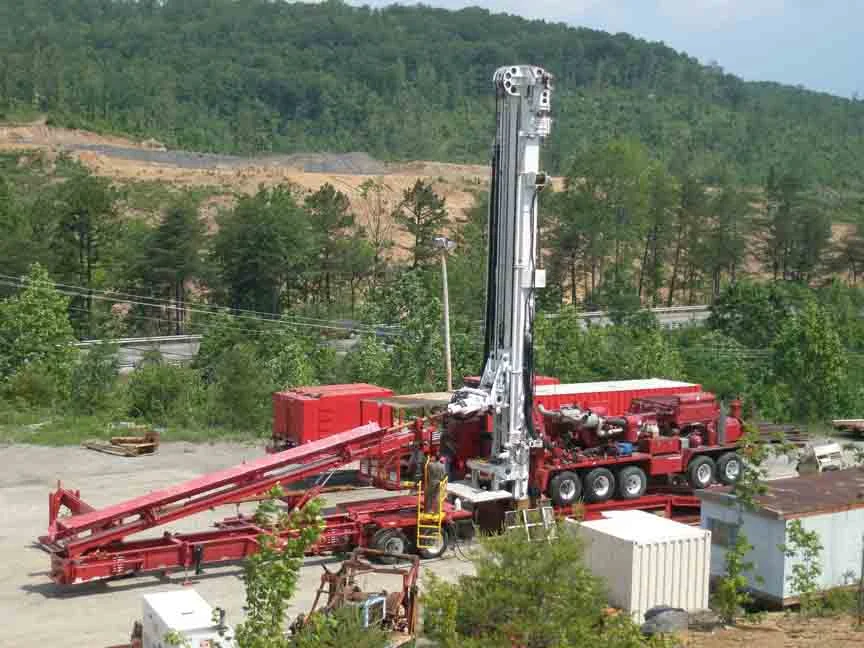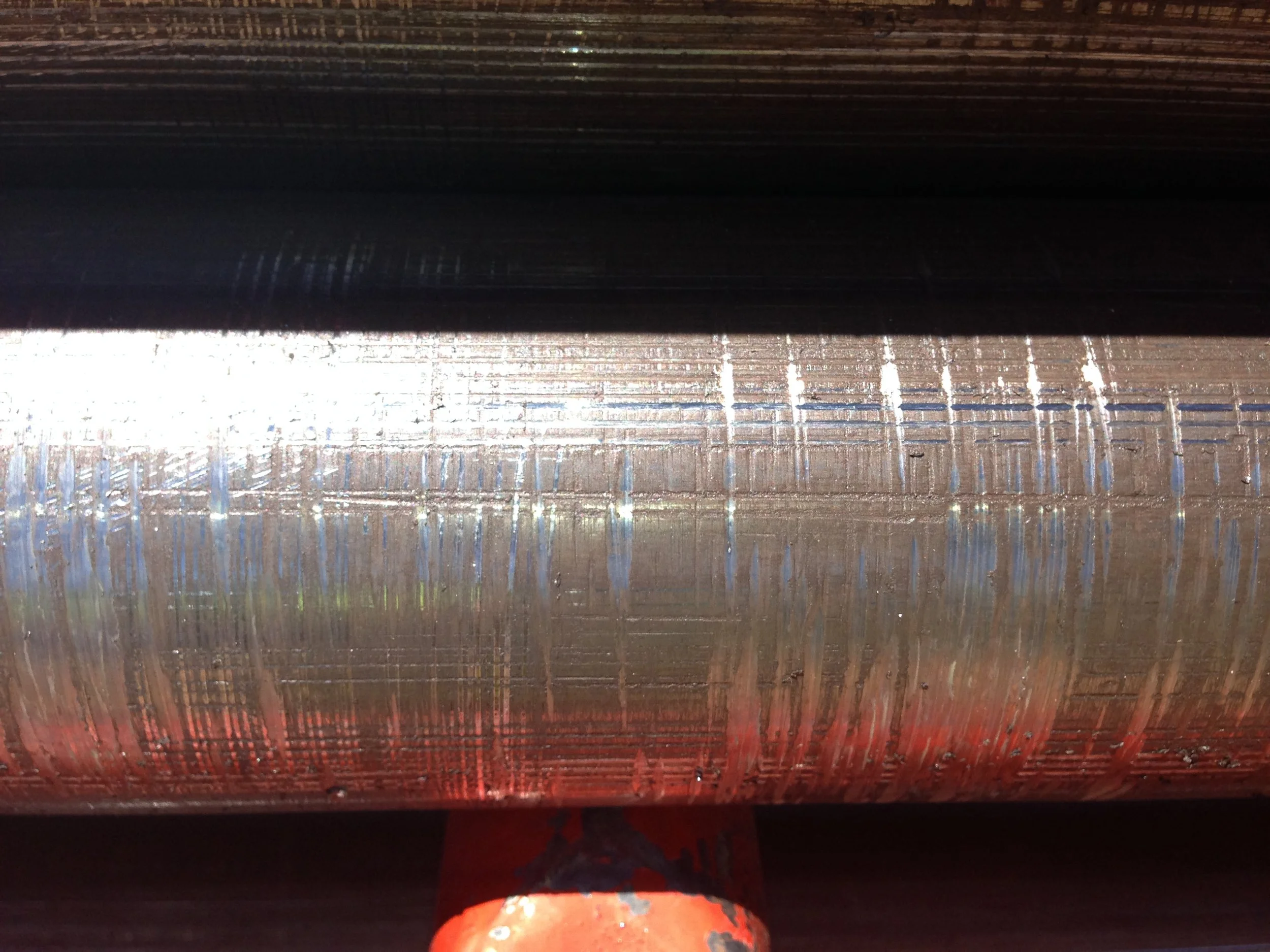Innovation Guidelines — Mechanical Rod Loading
By Colin Rice · Colin Rice Exploration Drilling Advisory · www.colinrice.co.za
The exploration drilling industry is undoubtedly experiencing significant pressure to improve levels of safety performance through the implementation of a number of safety innovations such as hands-free rod handling, remote control of drill rigs, above ground sump systems, cameras and wrench-free drill sites amongst others.
An enormous amount of work is currently being done by many manufacturers and contractors in order to develop rod handling systems that eliminate or reduce the amount of manual handling required during drillstring tripping operations. However, based on interactions with a number of mining companies and contractors, it is clear that there is a lack of clarity about the advantages and disadvantages and the appropriate application of some of these innovations. It has also become apparent that some manufacturers do not have a clear idea of what the ideal rod handling system should look like.
In order to get some clarity and consensus, DrillSafe facilitated a series of workshops to discuss these ideas and to formulate a set of guidelines that could assist manufacturers, mining companies and contractors. Take a look at what the Drill Rig Safety Guidelines Innovation Forum was about here.
A summary of the discussions held during the Forums are included below followed by the guidelines that were developed.
Summary of discussions
1. It is recognised that the implementation of mechanical rod handling (MRL) systems can add safety benefits to diamond core drilling, rotary percussion, dual-tube reverse circulation and sonic drilling operations.
2. The development of MRL systems is progressing at an accelerated rate but many systems that are currently being promoted cannot be considered for various reasons;
some MRL systems that are purported to be “hands-free” are not in fact hands-free and require a great deal of manual handling of tubular products when loading drill rods into the handling system.
some MRL systems utilise a hoist rope for drillstring tripping and so suffer the same “legal” hoisting capacity constraints as the drill rig. This is a significant disadvantage to several of the systems that are being promoted.
3. Two distinct applications can be identified;
rotary percussion (RP), dual-tube reverse circulation (RC) and sonic applications and,
diamond core drilling (DCD) applications.
In RP, RC and sonic application the drillpipe used is thick walled and therefore it is very heavy (150 – 250 kg per 6 m length). The wall thickness of tool joints is substantial and the tapered ACME type thread design is rugged and will tolerate misalignment during make-up.
In DCD applications the wall thickness of drill rods is very small (approximately 4,6 mm) and therefore drill rod is relatively lightweight. The thread profile is square and only slightly tapered and so will suffer severe damage if not perfectly aligned during make-up.
4. Current manual drillpipe handling methods on RP and RC drill rigs place members of the drill crew under very heavy suspended loads and so implementation of MRL systems to RP and RC operations is considered essential and should be implemented over as short a time frame as possible.
5. All RP and RC drill rigs are top drive type, in some drills the rotation head is able to tilt outwards and, in these cases, implementation of a simple and proven cartridge type MRL system is relatively easy. MRL systems can be truck or trailer mounted and will not increase the footprint. The cost of conversion should not be very high.
If the rotation head does not have tilt functionality then, either, a more complex manipulator arm system must be fitted, or the rotation head will have to be modified to tilt.
6. Designing an effective MRL system for DCD operations is complex because of the requirement to ensure very accurate thread alignment and stabbing at makeup. Very accurate rotation head float both during make-up and break-out is also essential. A number of MRL systems currently used do not adequately address these issues and therefore cause significant damage to the threaded connections as well as to the drill rod mid-bodies.
7. Many diamond core drills cannot be retrofitted with MRL systems because of mast length restrictions or because of rotation head design. In these cases, drills will either have to be significantly modified or discarded. Modification of masts will be costly and will introduce significant risk to the hoisting system. Therefore, for many contractors, implementation of an MRL system will require the replacement of a numbers of drills.
8. MRL systems will probably increase drilling costs primarily through increased amortisation of capital and through slower drillstring tripping cycle times. In cases where a great deal of drillstring tripping is required, for example, in projects where multiple directional wedges may be required, the increase in drill rod tripping times will be substantial and so cost increases can be expected.
9. The safety benefits of MRL systems may not be significant in some operations, for example in some greenfields operations or in operations where drilling is cost sensitive, or in “in-pit” operations. It is recognised that while it is not possible to put a cost on safety it is recommended that, in these circumstances, implementation is based on a thorough assessment of risk.
Guidelines for the development of MRL systems
The system must completely eliminate the requirement for manual handling of tubular equipment through the entire drilling cycle. Systems must eliminate the requirement to manually load and offload rod trucks or other rod carriers at the start and at the conclusion of a borehole.
The system must be able to mechanically handle the full range of tubular equipment used in the operation; drill rods / drillpipe, stabilisers, drill collars, casing, inner-tubes etc.
The system must not damage tubular equipment in any way or induce any other defects in tubular equipment.
The system should be as light and as mobile as possible, and it must not significantly increase the footprint of the operational area. Turning circles of trucks or other requisite transport vehicles must be considered in the design and operation of the system.
The system must be as efficient as possible, and it must not significantly increase tripping cycle times.
Drill rigs that rely on a hoist rope for drillstring tripping have defined “legal” hoisting capacity limitations based on the safe working load of the hoist rope. It is important therefore to ensure that this limitation is recognized in the design of the MRL system.
Systems must be fully and completely risk assessed and a copy of the risk assessment must be provided to the mining company.
Full operation and safety, maintenance and parts manuals must be provided for the system.









The exploration drilling industry is undoubtedly experiencing significant pressure to improve levels of safety performance through the implementation of a number of safety innovations…